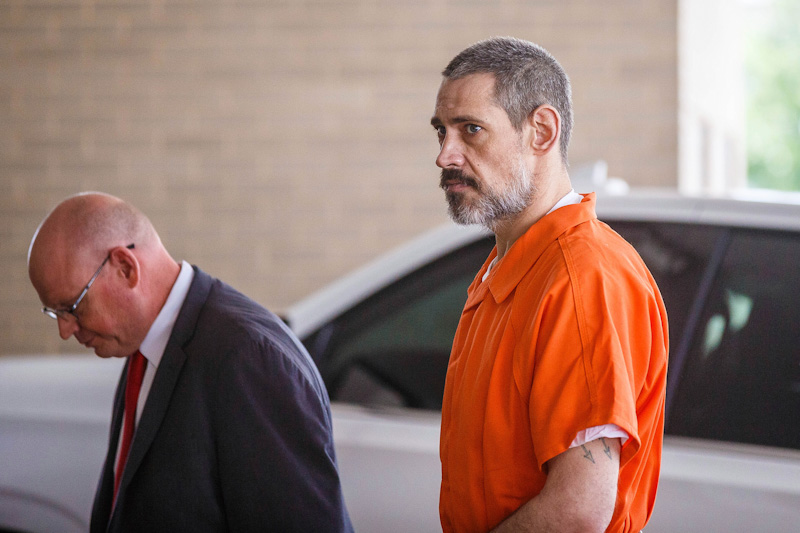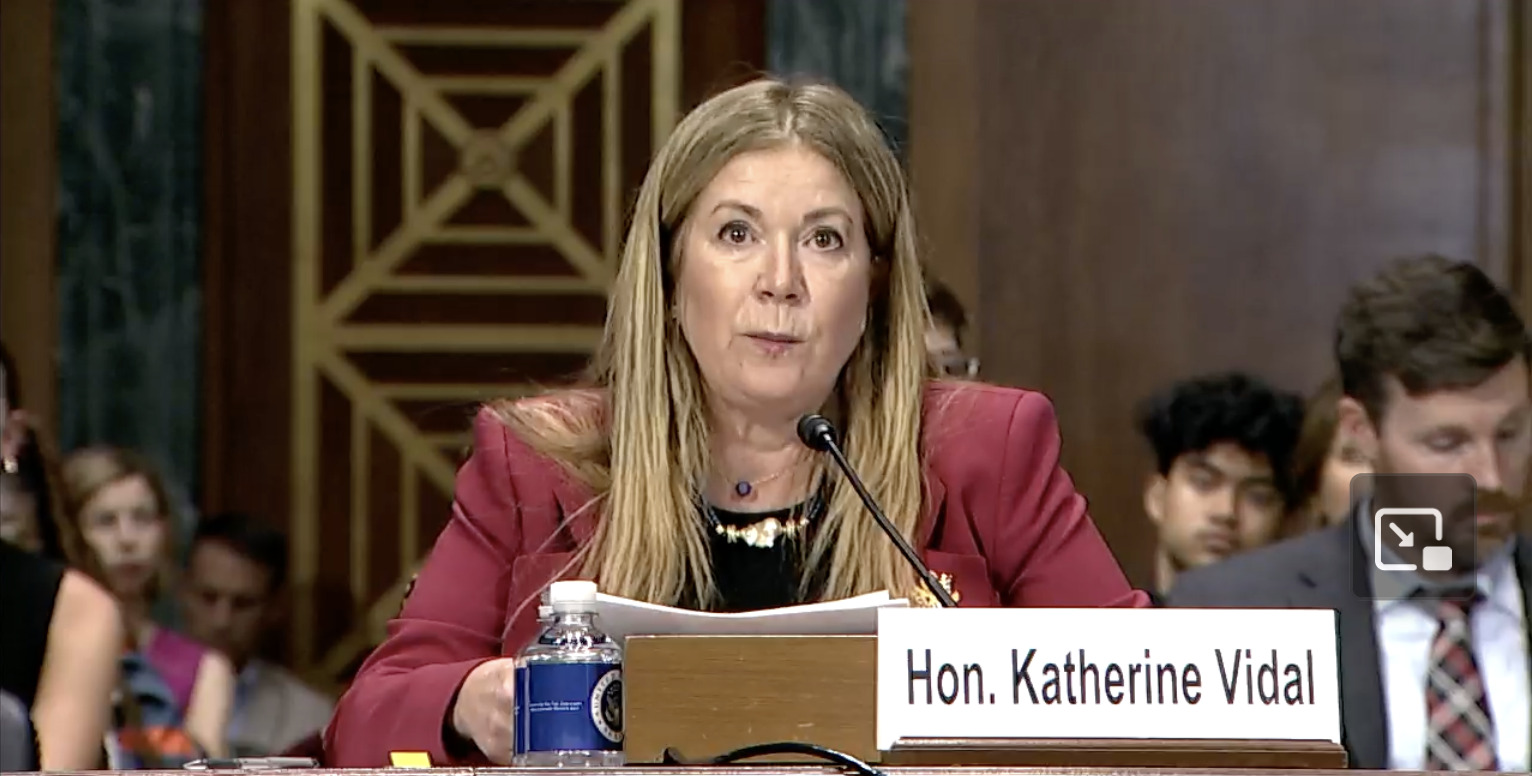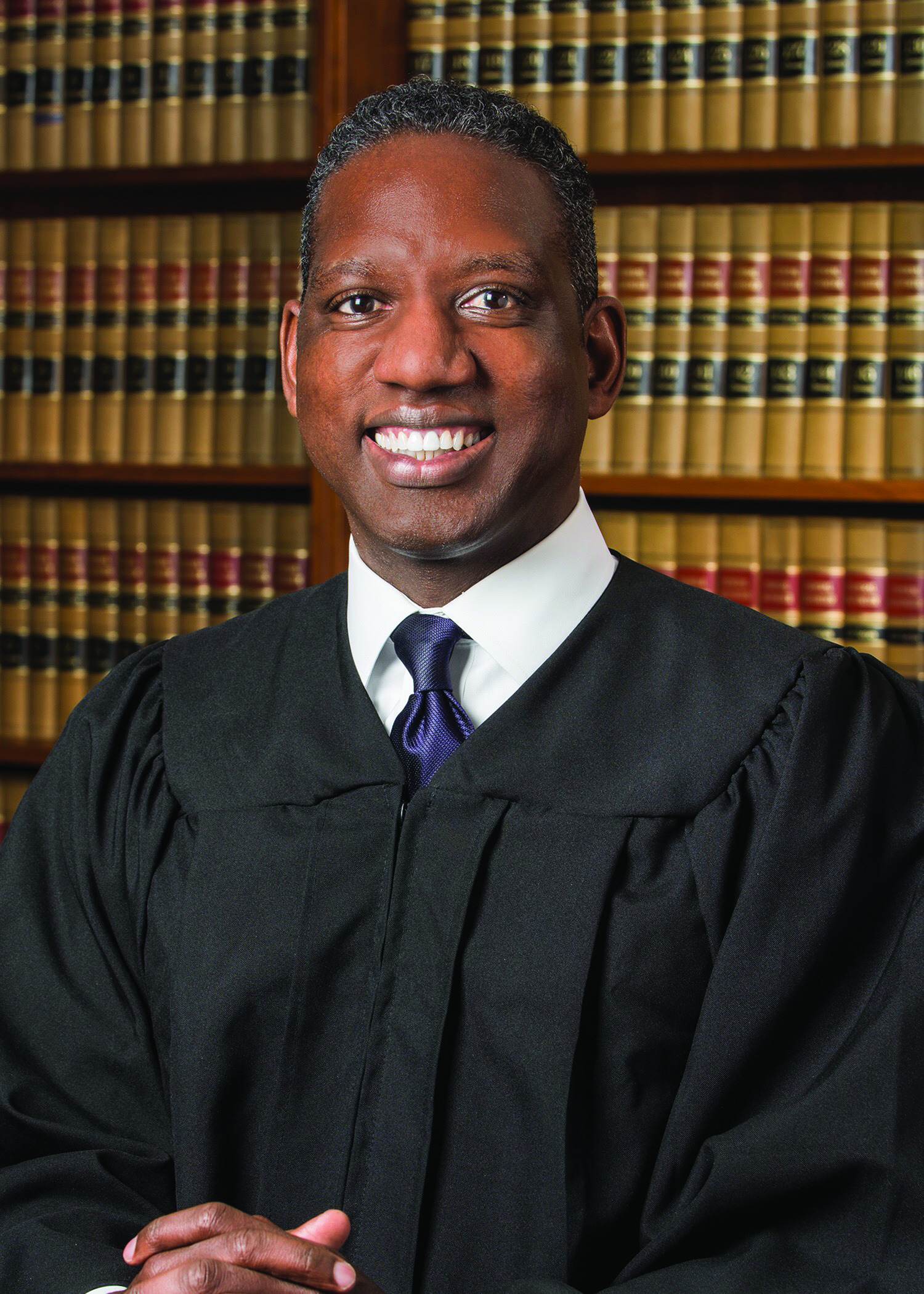Love on the Run misses opportunity to examine sexual misconduct by staff at detention centers
The underlying theory is that someone cannot legally consent in those situations because of the power imbalance. The underlying theory is someone cannot legally consent in those situations because of the power imbalance.
Which brings us to Netflix’s Jailbreak: Love on the Run, a documentary detailing the story of a career corrections employee and an inmate with multiple violent felonies who was awaiting trial for murder.
Vicky White, assistant director of operations at the Lauderdale County Detention Center in Florence, Alabama, went missing while escorting inmate Casey White to what she claimed was a mental health evaluation. However, as authorities began to investigate further, they quickly realized Vicky had broken protocol and was likely not the victim of a kidnaping, which they initially believed, according to Jailbreak.
How did the escape happen?
Despite Vicky’s 17 years of service as a corrections officer, the documentary gives the impression that Vicky had been planning Casey’s escape while carrying out her duties as law enforcement.
Before the breakout, she announced plans to retire, sold her home and withdrew $90,00 from the bank. On her last day of employment, Vicky informed co-workers that she was transporting Casey to the Florence courthouse for a mental health evaluation.
To their surprise, the pair never returned.
Due to her position, Vicky didn’t need an elaborate plan to get Casey out of his cell and into a patrol vehicle. Vicky didn’t need to make a big deal about getting Casey out of his cell and into a patrol vehicle. She only needed to schedule a few things. They changed vehicles and drove north to Indiana. Surveillance footage provided law enforcement with the ID needed to track the couple. Casey pleaded guilty to escape and is currently serving a life sentence. He eventually pled guilty to escape and is currently serving a life sentence.
Vicky, however, died from a reported self-inflicted gunshot wound to the head sometime during the escape.
Why did Vicky fall for Casey?
When all was said and done, I wasn’t a huge fan of Jailbreak: Love on the Run. I was impressed with the access director Dan Abrams gained to Vicky’s former co-workers and friends. I was constantly wondering if the production team would have portrayed the male guard the same way if the genders were reversed. According to the documentary, her relationship with Casey did not just appear overnight. The documentary Jailbreak Love on the Run did discuss a few issues that the jail administration should have addressed but it was only a surface-level discussion. The production team missed a good opportunity to examine those underlying concerns across a much wider range of systemic problems in county jails nationwide.
Moreover, although the documentary did go into some detail about Vicky’s mental state and possible reasons why she would fall in love with a detainee awaiting trial for murder charges, it could have offered much more. Why not ask mental health professionals and practitioners about the underlying theories that underlie these kinds of circumstances? We’re left with the assertions that Vicky is lonely, that she drinks her sorrows away, and that Casey is a charmer that “manipulated” her. Remember that Vicky was an experienced county jail veteran. She wasn’t an inexperienced new hire who didn’t have the training or experience to deal with emotional reactions and advances like Casey. Casey wasn’t objectively sympathetic either. Interviews with other people who have been in Vicky’s shoes would also be helpful to gain a better understanding of how jail staff fall for someone with such baggage. Another idea: Interviews with other individuals who found themselves in Vicky’s shoes, with an aim at discovering firsthand accounts to explain how jail staff end up in relationships with the people in their custody.
Instead, the last hour-plus of screen time is filled with detailed accounts of the 11-day manhunt, intermixed with phone sex recordings from Vicky and Casey’s jail calls.
Inmate and jail staff relationships statistics
If you have no background with the specific facts, I could see Jailbreak: Love on the Run playing as a tragic love story with enough suspense and fascination to keep an audience well engaged. There is something to be said about that.
But, the documentary fails in highlighting how these relationships are much more common than most laypersons think. According to the report, 67% of staff sexual misconduct perpetrators were female. According to the report, 67% of the staff sexual misconduct perpetrators were female.
Reported examples of sexual misconduct included intentional touching with the intent to arouse; voyeurism for sexual gratification; and completed, attempted or requested sexual acts.
At the time of Vicky and Casey’s disappearance, NBC News reported that the pair’s romantic involvement was “a very common story.”
Some individuals interviewed for the NBC News piece said inmates have an ability to manipulate guards, and such manipulation is the catalyst for instances like Vicky and Casey’s relationship.
However, with statistics to rely on and professionals likely willing to offer their opinions as to the cause of these relationships, Jailbreak: Love on the Run missed an opportunity by not exploring these factors in depth.
But maybe I’m expecting an answer that isn’t there. Perhaps one of Casey’s former cellmates was right: “Don’t paint him out as a monster.” Don’t paint her as a fool. They were two people from different walks of life who fell in love.”
Adam Banner
Adam R. Banner, the founder and leading attorney of the Oklahoma Legal Group in Oklahoma City, is a criminal defense lawyer. His practice is devoted to state and federal criminal law. The study of law may not be for everyone, but its practice and procedures seem to be permeating pop culture at a growing rate. This column is about the intersection of law and pop culture in an attempt to separate the real from the ridiculous.
This column reflects the opinions of the author and not necessarily the views of the ABA Journal–or the American Bar Association.






